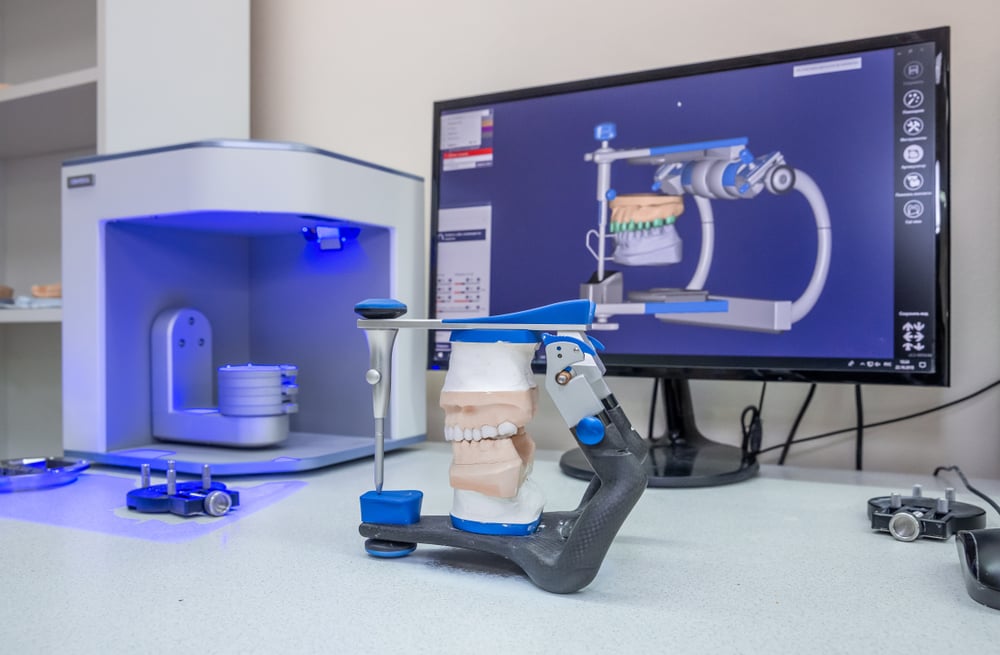The Role of Printing in the Digital Age

In an era dominated by digital technology, the role of printing remains significant and continues to evolve. Despite the rise of digital media, printing still plays a crucial part in communication, marketing, education, and art. This article explores how printing adapts and thrives alongside digital advancements.
Introduction

Printing has been a cornerstone of information dissemination for centuries. With the advent of the digital age, many predicted its decline. However, printing has not only survived but also found new relevance by integrating with digital technologies.
The Evolution of Printing Technology
| Era | Key Developments | Impact on Society |
|---|---|---|
| Traditional Printing | Manual typesetting, letterpress | Mass production of books and newspapers |
| Digital Printing | Inkjet, laser printers, 3D printing | Faster, customizable, and on-demand printing |
Integration with Digital Tools
- Digital design software enhances print quality and creativity.
- Online platforms allow for easy ordering and customization.
- QR codes and augmented reality (AR) link print to digital content.
Advantages of Printing in the Digital Age
- Tangibility and Credibility: Printed materials offer a physical presence that digital media cannot replicate, often perceived as more trustworthy.
- Branding and Marketing: High-quality print materials can enhance brand image and customer engagement.
- Accessibility: Printed content is accessible without the need for electronic devices or internet connectivity.
- Longevity: Printed materials can be preserved for long periods, serving as historical records.
Challenges Facing Printing Today
- Environmental concerns regarding paper use and waste.
- Competition from digital media reducing demand for traditional print.
- Need for innovation to stay relevant.
Future Trends in Printing
- Sustainable printing practices using recycled materials and eco-friendly inks.
- Personalized and on-demand printing driven by digital data.
- Hybrid print-digital experiences combining tactile and interactive elements.
FAQ
Q1: Is printing still relevant in the digital age?
Yes, printing remains relevant by adapting to new technologies and serving niches where physical media is preferred.
Q2: How does printing complement digital media?
Printing can provide a tangible touchpoint that enhances digital campaigns through QR codes, AR, and personalized print materials.
Q3: What are the environmental impacts of printing?
While traditional printing can be resource-intensive, advances in sustainable materials and processes are reducing its environmental footprint.
Q4: Can printing be cost-effective today?
With digital printing technologies, short runs and customization have become more affordable, making printing cost-effective for many applications.
Conclusion
Printing continues to hold a vital role in the digital age by evolving with technology and meeting the needs of diverse audiences. Its unique advantages ensure it remains an essential medium alongside digital communication.
